Top Mobility Aids for Rheumatoid Arthritis Patients That Truly Help
When you’re living with rheumatoid arthritis, everyday tasks can feel like climbing a mountain barefoot. Trust me—I’ve spent years as a rheumatology nurse practitioner, and I’ve seen firsthand how difficult it can be for patients to hold onto their independence when mobility becomes a challenge. That’s exactly why finding the best mobility aids for rheumatoid arthritis patients can be a game-changer—not just physically, but emotionally too. Whether it’s joint stiffness that hits hardest in the mornings or the fatigue that creeps in throughout the day, the right mobility support can make all the difference. And I’m not just talking theory here; I’m talking about what’s actually helped real patients live fuller, easier lives.
Why the Right Mobility Aid Matters
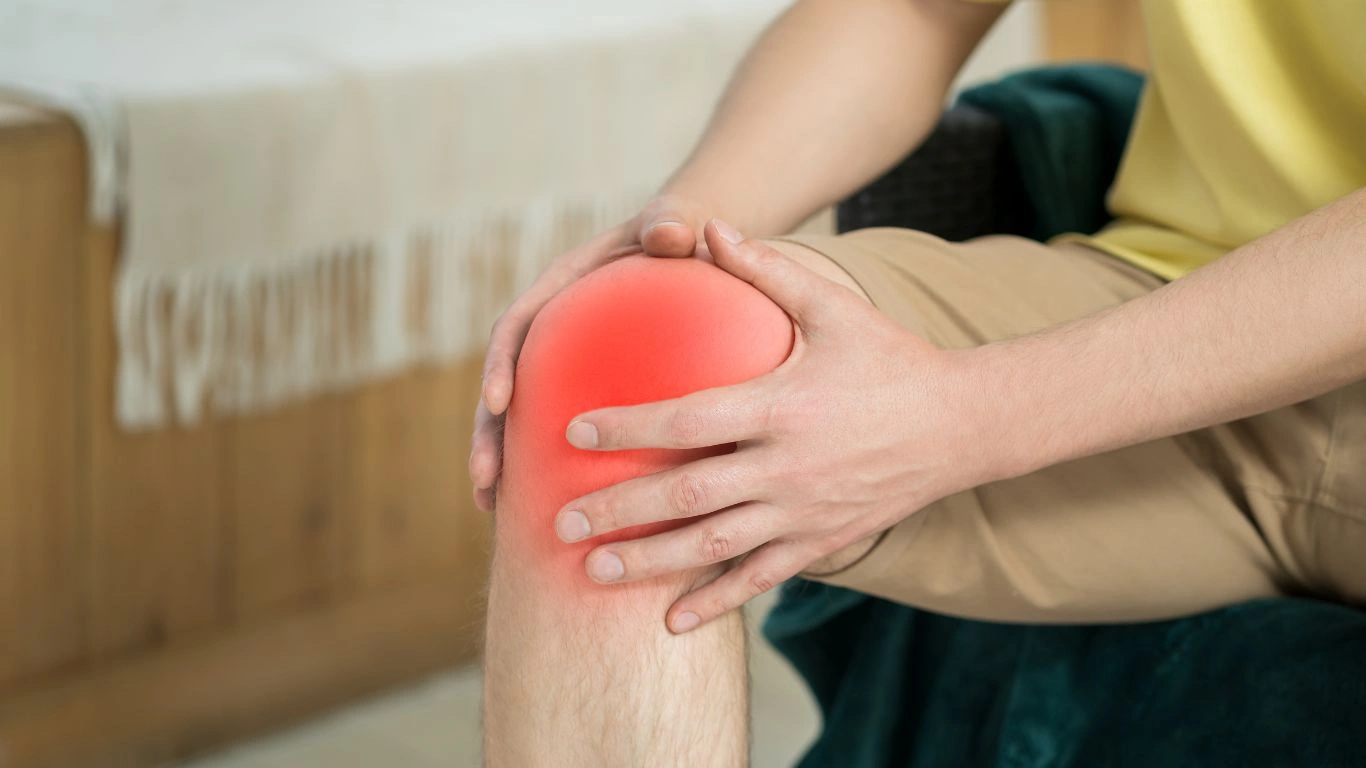
Mobility aids aren’t one-size-fits-all, especially when we’re talking about a condition as complex as RA. What works for someone in early stages may not cut it for someone experiencing severe joint erosion. And beyond that—comfort matters. Confidence matters. No one wants to feel awkward or more “disabled” just because they’re using a cane or walker. I’ve had patients tell me, “Tarra, I’d rather limp than use something that makes me feel 90.” And you know what? That’s valid. The trick is finding an aid that supports both the body and the ego.
Functional Benefits You Can’t Ignore
Before we dive into specific tools, let’s talk about what makes a mobility aid actually useful for RA. Here’s what my patients (and frankly, I myself) look for:
- Joint-friendly design – Look for ergonomic grips that reduce stress on fingers and wrists.
- Stability – You want something sturdy, especially if RA has affected your knees, hips, or ankles.
- Lightweight – Nobody wants to lug around a heavy walker or cane, especially if fatigue is already an issue.
- Easy to store and transport – Foldable, collapsible, or compact options get bonus points here.
Top Everyday Mobility Aids I Recommend
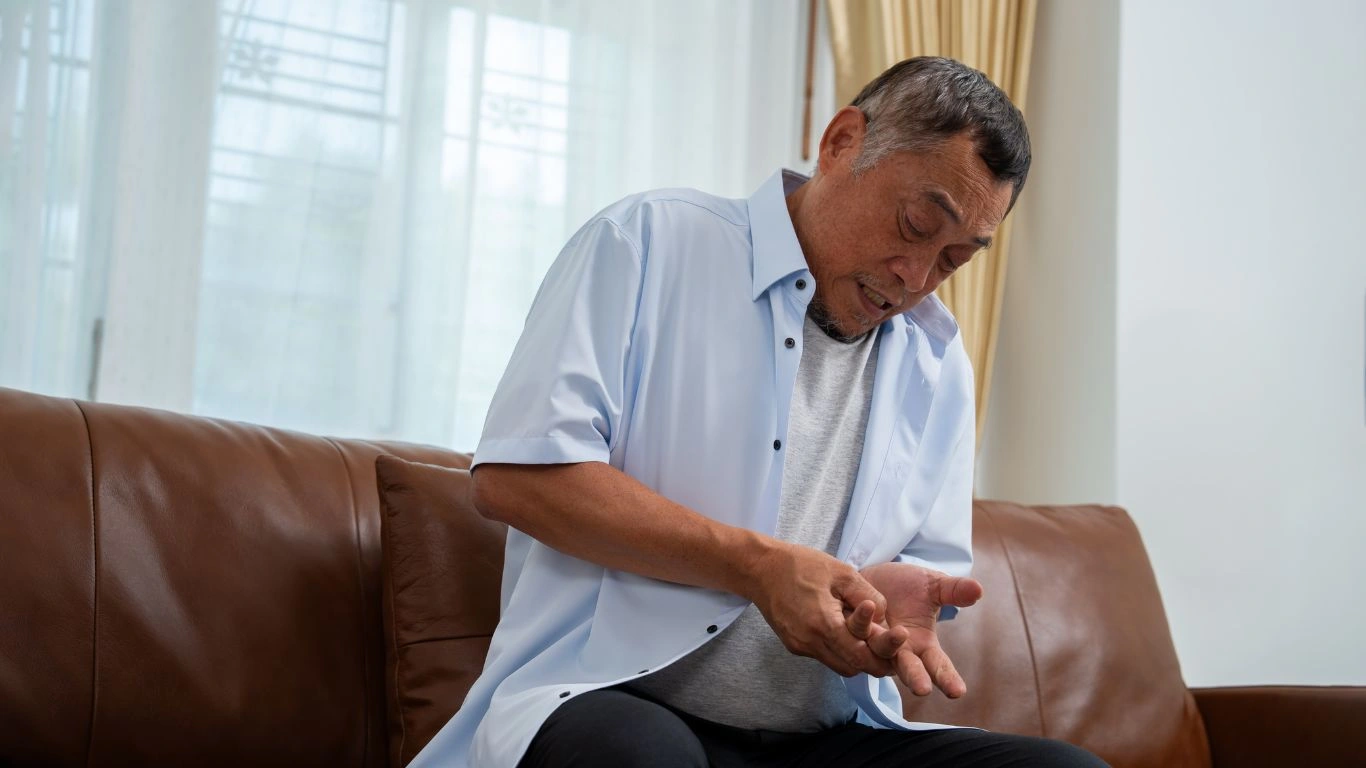
Over the years, I’ve kept a mental checklist of products my patients rave about. Some even come back to me after a few months saying, “Why didn’t I do this sooner?” Here are a few that consistently get high marks—both in my clinic and out in the real world.
1. Ergonomic Canes – Not Your Grandma’s Stick
If you’re in the early to mid stages of RA and just need a bit of balance support, ergonomic canes are a solid option. Brands like HurryCane and Campbell Posture Cane have features that cater specifically to people with limited hand mobility. Think padded grips, adjustable height, and some even have shock-absorbing tips. One of my patients, Susan, swears by hers. She has wrist involvement that flares up in cold weather, and the last thing she needs is a rigid, painful handle pressing into her palm.
2. Rollators – Freedom with a Seat
This is where things get fancy. Rollators are basically walkers with wheels and a built-in seat—and they are perfect for RA warriors who deal with flare fatigue. You walk until you feel the ache creeping in, then take a breather on your own portable bench. I had one patient, Bill, who resisted using a rollator for months because he thought it “looked medical.” Once he finally gave in, he texted me a picture of himself at the farmer’s market—rollator and all—with a huge smile. Game-changer.
Customizing Mobility Aid Choices for RA Needs

When it comes to selecting the best mobility aids for rheumatoid arthritis patients, personalization is key. What works wonders for one person might be a total fail for someone else. This is where professional input really helps. I always tell my patients: try before you buy if you can. Check with your rheumatologist or OT for a demo session, or head to a local medical supply store and test different models. Comfort, grip, maneuverability—it all matters.
Considerations Based on RA Progression
RA is a shapeshifter. What you need today might not cut it six months from now. Here’s a quick breakdown of what I typically suggest based on disease progression:
- Early-stage: Lightweight canes, supportive shoes, simple knee braces.
- Moderate-stage: Rollators, forearm crutches, ergonomic walking sticks.
- Advanced-stage: Power scooters, wheelchairs with RA-friendly joystick controls, adaptive household devices.
Budgeting and Insurance Tips
Let’s not ignore the elephant in the room—cost. Some mobility aids can run hundreds, even thousands of dollars. The good news? Many insurance plans (especially Medicare) will cover part of the cost if your provider prescribes it. Pro tip from the field: always get a written note detailing why the aid is necessary based on your condition. I’ve helped dozens of patients navigate this process and save big bucks. And don’t forget—some devices are tax-deductible under medical expenses!
Mobility Aids for Around the House

Let’s shift gears a bit. We’ve talked about getting around outside the house—but what about inside? Honestly, many of my RA patients tell me they struggle more within their own homes than anywhere else. The simple act of getting out of bed, cooking, or going to the bathroom can feel overwhelming during a flare. And that’s why having the right mobility aids for rheumatoid arthritis patients around the house can be an absolute sanity-saver.
1. Bed Rails and Bedside Handles
Getting in and out of bed may not seem like a big deal until your knees lock up or your hips scream every time you twist. I had a patient named Linda who used to dread mornings until she got a bedside support handle. Now she jokes that it’s her “morning miracle.” These aids install without any tools and give you that extra bit of leverage—no more struggling or relying on your partner to yank you upright.
2. Raised Toilet Seats
This one might sound unglamorous, but hear me out. Bending your knees and hips can be rough when inflammation flares. A raised toilet seat adds a few inches of height, making it easier to sit and stand without strain. Trust me—your joints will thank you. Add-on frames with handrails can make things even safer, especially at night when balance isn’t at its best.
3. Shower Chairs and Grab Bars
Bathrooms are where slips and falls love to happen, especially for folks with joint instability or morning stiffness. Installing grab bars near the tub and toilet is a must. But don’t stop there—add a non-slip shower chair. I’ve had more than one patient say it gave them the confidence to shower alone again, and that level of independence? It’s priceless.
Mobility Aids That Travel Well

Traveling with rheumatoid arthritis? Yep, it’s absolutely possible—and much more enjoyable with the right tools. Whether you’re visiting family or flying to a beach getaway, mobility shouldn’t be the thing holding you back. Over the years, I’ve picked up tips from patients and personal experience alike on how to stay comfortable and mobile on the go.
Folding Canes and Travel Walkers
Compact and collapsible options are perfect for travel. Look for folding canes that come with their own little carry bag. Some even have LED lights built into the handle (helpful in dark hallways and unfamiliar hotel rooms). For longer distances, lightweight travel walkers are great—they fold into car trunks easily and are airline-friendly.
Portable Scooter Rentals
If your trip involves a lot of walking, like an amusement park or museum, consider renting a portable scooter. You don’t have to own one to enjoy the perks. Many cities and tourist attractions offer daily rentals. One of my patients, Jeff, told me he finally stopped skipping vacations once he realized scooter rentals existed. He cruised through Disney World like a boss—RA and all.
Footwear and Orthotics That Actually Help
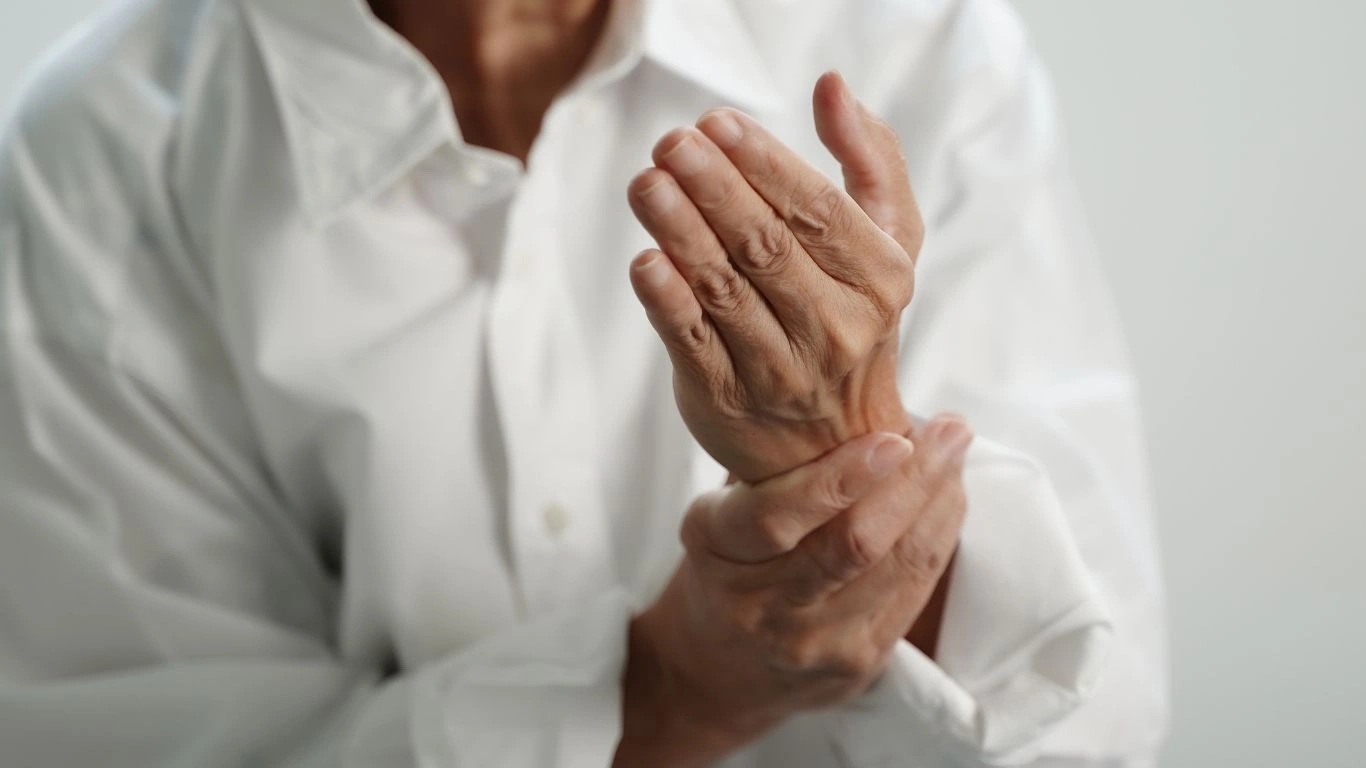
Okay, let’s talk feet—because when they hurt, everything hurts. RA commonly affects the small joints in the toes and ankles, and the wrong footwear only makes things worse. One thing I always emphasize with my patients is to stop thinking of shoes as just fashion. They’re your foundation. And yes, you can still look good without sacrificing comfort.
Supportive Shoes
Brands like HOKA, Orthofeet, and New Balance have stepped up their game lately with orthopedic options that don’t scream “hospital issue.” Look for shoes with wide toe boxes, cushioning, and removable insoles in case you want to use your own orthotics. One of my more fashion-forward patients, Rachel, found stylish orthopedic boots that matched her vibe—and said they actually made her want to go out more because she wasn’t focused on foot pain.
Custom Orthotics
If your gait is off due to joint damage or swelling, it can cause strain all the way up your legs. That’s where orthotics come in. These aren’t the flimsy gel pads from the drugstore. We’re talking custom-made insoles molded to your foot. It may sound extra, but they can reduce joint stress significantly. Many insurance plans cover these if prescribed, so don’t assume they’re out of reach.
Compression Socks
They’re not just for your grandma on long flights! Compression socks can help reduce swelling in the ankles and lower legs, improve circulation, and provide a subtle level of joint support. I personally use them during long clinic days when I’m on my feet for hours. Just make sure to get medical-grade ones and avoid tight bands at the top that dig in.
Tips for Choosing the Right Aid Without Regret
Alright, let’s get real for a second. Shopping for mobility aids when you have RA can be… overwhelming. Between online reviews, insurance forms, and confusing medical jargon, it’s easy to feel lost. So here are a few pro tips I’ve picked up over time, both from my own clinical practice and from helping hundreds of patients:
- Try before you buy: Whenever possible, test aids at medical supply stores or ask your clinic for demos.
- Get professional input: An occupational therapist can assess your specific needs and suggest the best fit.
- Check return policies: Especially if you’re ordering online—mobility aids aren’t always cheap, and not every product suits every person.
- Read real reviews: Patient forums, Facebook groups, and community discussions are gold mines for honest feedback.
Remember, the goal isn’t just mobility—it’s confidence, safety, and freedom. The right tool should feel like an extension of your body, not a burden. It might take some trial and error, but when you find that perfect fit? It’s life-changing.
Smart Tech and Modern Innovations for RA Mobility
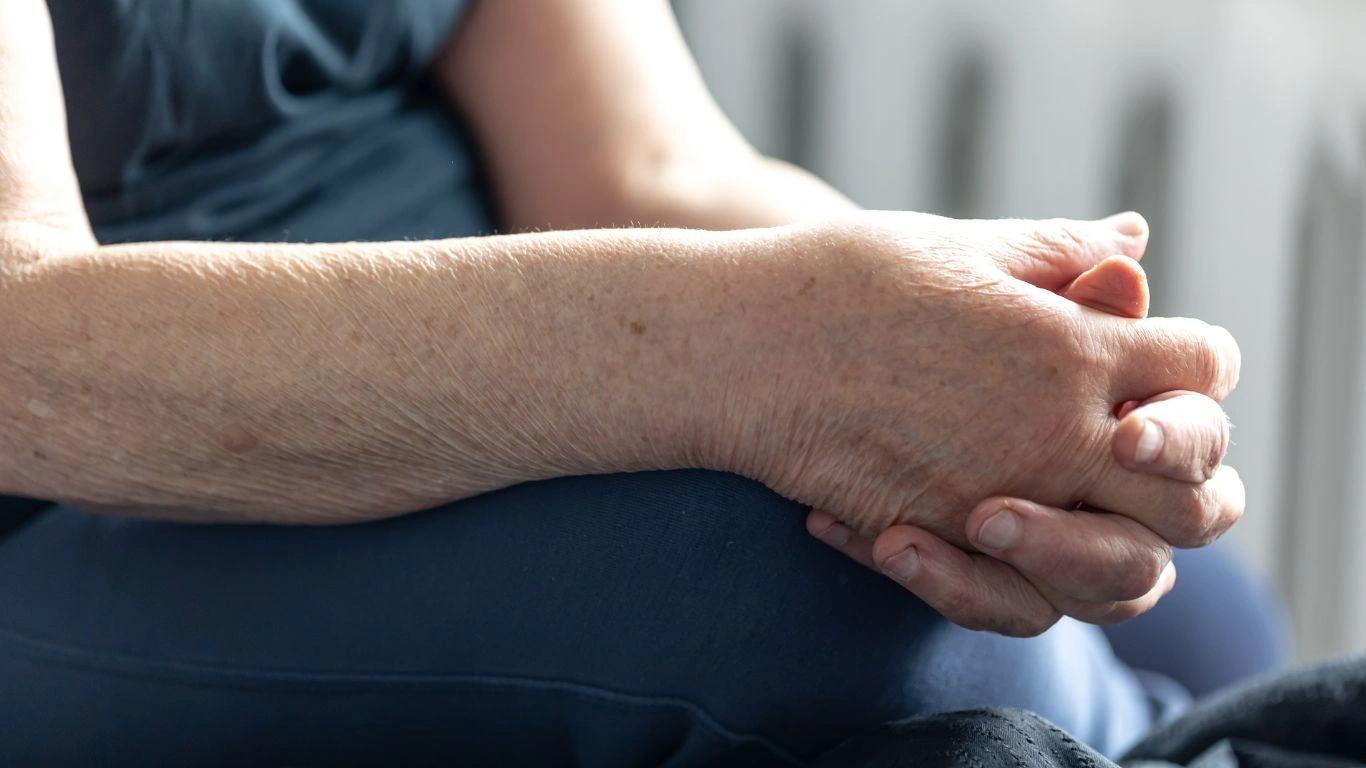
Alright, let’s talk about the cool stuff now—the tech-savvy tools and smart solutions that are changing the game for rheumatoid arthritis mobility. I’ll admit, when I first started in rheumatology, the options were pretty limited. But now? The innovation in this space is incredible. From voice-activated gadgets to smart wearables that track joint stress, there’s so much out there that can make life easier. And honestly, some of these new tools feel like they were designed with RA patients in mind.
1. Smart Home Devices
Think Alexa or Google Home. You might not immediately consider these “mobility aids,” but they are. Voice-controlled assistants can turn on your lights, adjust your thermostat, read your shopping list, or call a loved one—without you having to shuffle across the room or deal with buttons. For someone with stiff hands and sore knees, this can be huge. One of my patients with severe morning stiffness uses voice control to start her coffee pot every morning—small, but mighty.
2. Robotic Jar Openers and Kitchen Gadgets
In the kitchen, arthritis can feel like the ultimate buzzkill. But tools like automatic jar openers, electric can openers, and grip-enhancing utensils make a big difference. I have a whole section of my kitchen drawer filled with these gadgets—and I’m not even ashamed. They’re lifesavers when your wrists decide to go on strike.
3. Wearables for Joint Tracking
Some smartwatches and fitness trackers now offer movement pattern analysis, step counters, and even early alerts if your gait or posture shifts—subtle signs that an RA flare might be on the way. Data like this helps patients become more proactive about rest and inflammation management. Check with your rheumatologist about syncing these devices with your care plan. I’ve seen some real breakthroughs when tech meets medicine.
RA-Friendly Daily Living Accessories
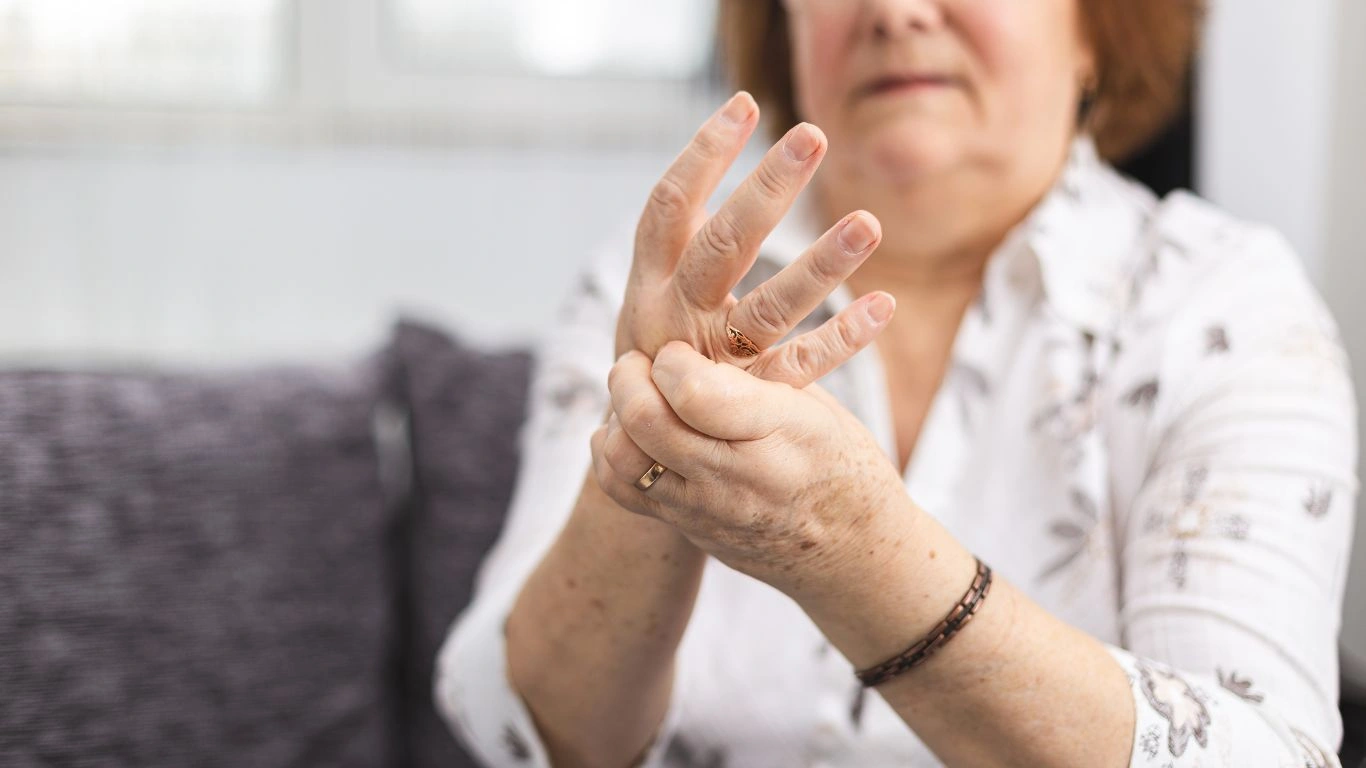
Sometimes it’s not the big-ticket mobility aids that make the biggest difference—it’s the little tools that meet you where you’re at every day. I call these “RA life-hacks” and I swear by them, especially when fatigue levels are through the roof and every ounce of effort matters.
Button Hooks and Zipper Pulls
For folks with finger joint issues, dressing yourself can be frustrating. Button hooks and zipper tools give you independence back without struggling for 10 minutes just to do up a blouse. You can find these tools at most medical supply stores or online, and they’re super budget-friendly too.
Long-Handled Reachers
If bending over is a no-go, these are magic. Think of them like your new set of extended arms. You can grab socks, shampoo bottles, dropped keys—whatever. I’ve even used one to retrieve a rogue potato that rolled under my fridge (true story). They’re lightweight and some even fold up for travel.
Adaptive Pens and Writing Aids
Writing can be painful when your fingers and wrists are inflamed. Adaptive pens with wide, cushioned grips let you journal, sign papers, or jot down reminders without agony. I always keep a few in my clinic and hand them out like candy during flare season.
Emotional and Mental Impact of Mobility Challenges
Here’s something we don’t talk about enough: the emotional side of mobility loss. As a nurse practitioner, I’ve sat across from patients in tears—not from pain, but from frustration. Losing mobility can feel like losing a part of your identity. It can bring up anxiety, embarrassment, even grief. And that’s all valid.
That’s why mobility aids aren’t just about movement—they’re about dignity, confidence, and reconnection to daily life. I’ve had patients who started with resistance, feeling like using a cane or walker was “giving up.” But after a few weeks? They were smiling more, going out again, even dancing at weddings. That’s the kind of transformation that fuels my passion for this field.
Connecting with RA Support Communities
Support groups, both online and in person, can be incredible resources. Patients share real-life hacks, reviews of mobility aids, and emotional support that makes the journey a little less lonely. Sites like Health and NIH also have helpful info on living well with RA. Don’t underestimate the power of community—sometimes, just knowing someone else understands can be healing all on its own.
My Go-To Advice for Patients Choosing Their First Mobility Aid
Let’s wrap this up with some down-to-earth advice I often give during appointments. If you’re just starting out with mobility aids, keep these three things in mind:
- Don’t wait until you’re desperate. It’s way easier to adapt when you’re not in crisis mode.
- Prioritize your comfort. If it doesn’t feel good, you won’t use it—period.
- Ask for help. Talk to your rheumatology team, an OT, even other RA warriors. You’re not in this alone.
And just between us? It’s okay to grieve a little, to feel frustrated, or to want to stomp your (aching) foot once in a while. But don’t stay stuck there. You’ve got options. You’ve got support. And you’ve got tools that can genuinely make life better—one step, one gadget, one victory at a time.
Disclaimer
This article is intended for informational purposes only and is not a substitute for professional medical advice, diagnosis, or treatment. Always seek guidance from your healthcare provider regarding your specific condition and before starting any new mobility aid or treatment option.

Tarra Nugroho is a dedicated Nurse Practitioner with a strong foundation in family and preventive care. She brings both compassion and clinical expertise to her practice, focusing on patient-centered care and health education. As a contributor to Healthusias.com, Tarra translates medical knowledge into clear, empowering articles on topics like women’s health, chronic disease management, and lifestyle medicine. Her mission is simple: help people feel seen, heard, and informed—both in the clinic and through the content she creates. When she’s not caring for patients, Tarra enjoys weekend hikes, plant-based cooking, and curling up with a good health podcast.






